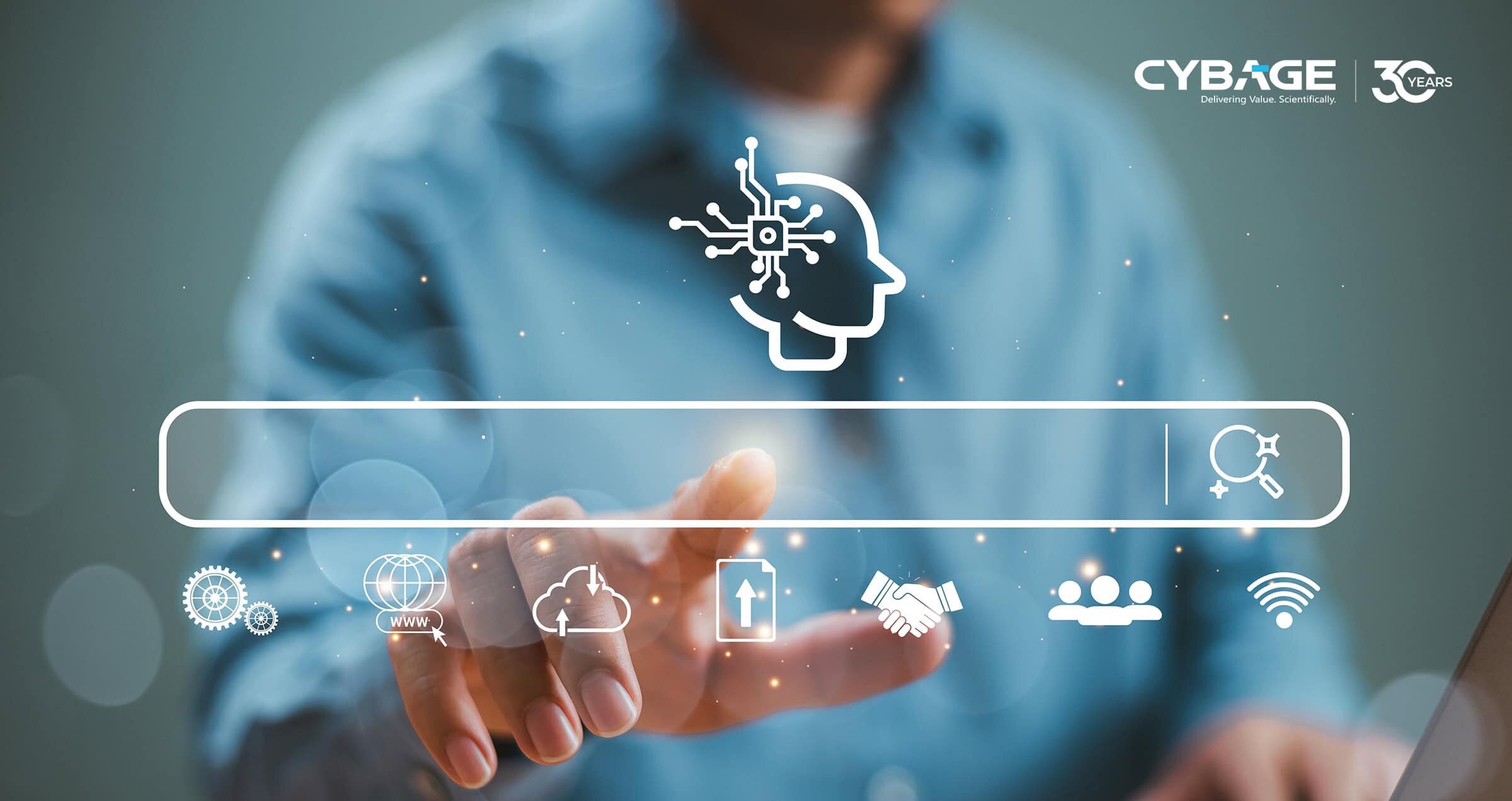Generative AI has the potential to transform marketing—not just by making existing processes faster or cheaper, but by enabling entirely new kinds of creativity, deeper connections, and new services for consumers that were never before possible. But if AI is viewed only as a way to cut costs and reduce headcount, we will choke off the far greater opportunity: to fuel growth, creativity, and innovation that benefit both sides of the client/agency partnership.
That promise, however, is being undermined by outdated economics and mindsets. Most agency compensation models are still rooted in inputs—hours, FTEs, – rewarding activity vs. value. But AI is a force multiplier. It allows agencies to produce in minutes what once took days. Under a traditional billing model, that efficiency isn’t rewarded—it’s penalized. The result? Agencies get paid less for delivering more.
At the same time, agencies are investing heavily in proprietary tools, automation platforms, and AI capabilities to enhance client performance. Yet a recent industry study by Forrester and the 4As, “The State of Generative AI Inside US Marketing Agencies, 2025” found that 75% of agencies still absorb these costs themselves, treating AI as overhead. Only 6% treat it as a billable line of business. This isn’t sustainable.
This isn’t just an agency issue. It’s a shared business risk.
Much has been made of how AI could disrupt or even dismantle the agency model. But this isn’t just an existential threat to one side of the partnership. It’s mutually assured stagnation. When the models that govern our partnerships are misaligned with how value is actually created, everyone loses. Clients miss out on innovation, speed, and deeper strategic thinking. Agencies struggle to invest in the tech, talent, and experimentation needed to fully harness AI’s potential. We stall progress before it starts.
To move forward, we need to evolve the way agencies are compensated—not just for fairness, but for impact. Output and outcome-based models (including those outlined in 4As/ANA guidance: Decoding Compensation Models and Implementing the Right Model) are better aligned with what clients care about: results. They reward performance, incentivize innovation, and reflect the true value of speed, insight, and creativity unlocked by technology.
Healthy and productive agency/client partnerships foster an environment where both sides thrive. When growth is achieved together, it creates a win-win scenario. Shifting compensation structures requires effort on both sides. Agencies need to audit their tech stacks, package tech-enabled services into productized offerings, and articulate clear value stories. Clients, in turn, need to revisit outdated MSAs, rethink cost expectations, internally reward value creation vs. cost savings and recognize that not all technology is “free”—especially not the kind that improves speed to market, ensures brand safety / compliance, and protects competitive advantage.
The promise of AI isn’t just efficiency—it’s transformation.
Transformation doesn’t happen by accident though—it requires intention, investment, and a model built to support it. This won’t happen if we trap it inside outdated economic models. To unlock what’s truly possible, agencies and clients need to align around compensation models that reward the value of the work, not the activity to create it.
If we get this right, AI will power a new era of marketing innovation for advertisers, agencies and consumers. If we don’t, we risk watching the opportunity for transformational growth pass us by.
To see how these challenges are playing out across the industry, read our full report on the current landscape (The State of Generative AI Inside US Marketing Agencies, 2025) and Jeremy Lockhorn’s key insights on the report here: The State of GenAI Adoption 2025.
Related Posts


11/19/2025
Guest Post – Search Reinvented: The AI age of SEO, SEM and Content Discovery

11/05/2025


